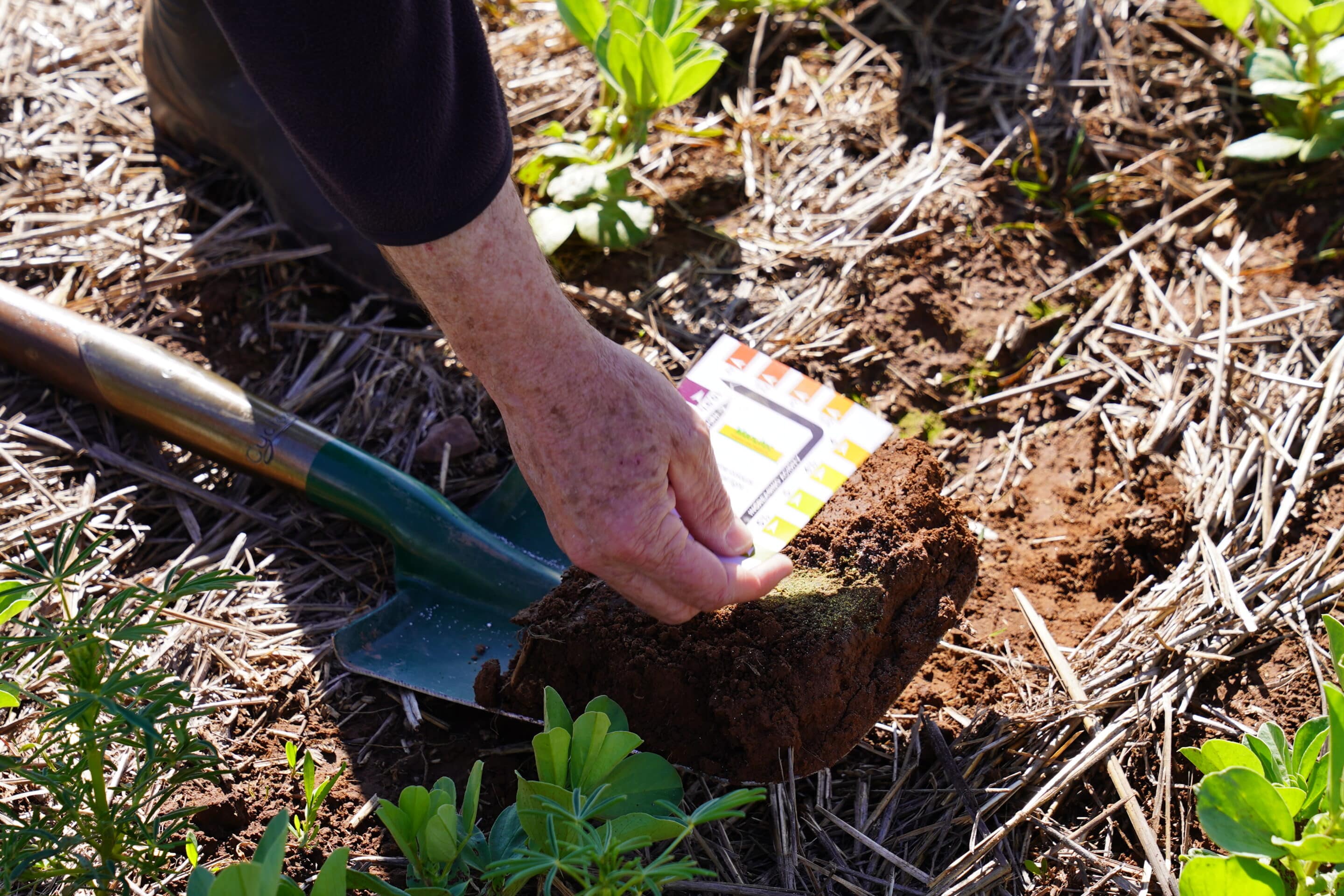START
FINISH

Summary
This project studied how to reduce and mitigate frost damage, the resilience of a range of cereals and maturity types to frost, and a range of potential tactics to reduce frost damage.
A severe late October frost meant that late maturing varieties performed very poorly. This contrasts directly with 2021 where early maturity resulted in much greater damage because there were severe September frosts. This result indicates that unless there is consistency of when damaging frosts occur, then trying to avoid damage by maturity time alone can have limited impact.
The project demonstrated the importance of using conservative strategies in frost-prone areas, such as dual-purpose varieties, variety mixes and using a range of variety-sowing time combinations. As strategies to reduce losses will most likely compromise yield in non-frosted conditions, zoning of paddocks by frost risk and using different strategies in ‘Red’ or ‘Green’ zones is essential to optimum frost management.
Background
A previous SAGIT project, MHR121, had established a Frost Research Centre, co-funded by GRDC, at Farrell Flat, in a paddock which has both a ‘Red Zone’ high frost risk area and a ‘Green Zone’ with very little frost risk, allowing for research covering areas likely to experience frosts while also testing the effect of treatments on yield where no frost occurs.
MHR121 presented strategies that may be effective in reducing losses from frost, including variety selection, mixes of two or more varieties, stubble management, nutrition and strategies of Delay (repeated grazing from GS14-GS30) or Reset (defoliation at GS31-GS32). The role of ice nucleating bacteria (INB) in frost damage was also raised in MHR121 and required further study.
Research Aims
The core objective of the project were to:
- Deliver innovative research and extension focused on frost in cereals
- Provide a forum for farmers and advisers to reduce the impact of frost on farms and to provide a site to co-ordinate and collaborate future research and extension for industry organisations
- Investigate the role and understanding of ice nucleating bacteria in the South Australian environment
In The Field
Frost management options that were studied in the first project were trialled in wheat, oat and barley in 2023. These included a range of 38 varieties, Delay and Reset, two-way mixes of varieties, stubble retention and nitrogen and seeding rates. Additional trials based on anecdotal reports included foliar application of herbicides, adjuvants and biological products to assess the impact on ice nucleating bacteria and plant protection products and plant growth regulators to enhance plant resilience.
Bacterial assays were intended to be conducted on ice nucleating bacteria but these were not completed due to degradation of samples in transit from SA to WA.
Extension activities were conducted throughout the project. Four field days were held at the site during the year, with site visits from a range of research, grower group and extension personnel. A frost workshop was conducted at the site.
Results
Many frosts occurred on the site, including a particularly severe event on 26 October, where air temperatures at canopy height dropped to -6.5ºC at the site.
Late maturing wheats experienced yield loss of up to 95 per cent, while earlier maturing wheat saw yield loss of 20-35 per cent. Quality downgrades were common even where yield loss was at the low end. Mixtures of earlier and later sown wheat gave higher yields than when late maturing varieties were sown alone.
Interestingly, the varieties that avoided frost in 2021 in the previous SAGIT project were the most frost-effected and lowest yielding in this project, while those that experienced the most frost damage in 2021 were the highest yielding in this project. The mixture of the two varieties produced mid-range yields in both seasons and averaged across all three years had higher yield than any individual variety.
Barley was more resilient than wheat regardless of maturity, though later maturing barley contained high levels of damaged grain, undeliverable to bulk handling sites. Oats were the most frost-tolerant cereal, though still experienced quality losses.
There was no significant difference between trial results for crop protection products, herbicides, stubble or nitrogen or Delaying and Resetting phenology. This project was unable to assess whether the risk from less severe frosts could be mitigated through these same interventions.
Participants at the frost workshop were invited based on frost having previously played a role in financial loss on their farm. More than 60 per cent of attendees had never attended a frost related workshop before, showing this activity provided extension to growers particularly in need of frost knowledge.
Project Participants
Mid North High Rainfall Zone Group: Mick Faulkner
The Problem
There are knowledge gaps on strategies to mitigate frost, the role of ice nucleating bacteria and using maturity as a method to avoid frost in cereal crops in SA.
The research
A range of trials were conducted at the Frost Research Centre investigating strategies to mitigate frost risk, and extension activities including field days and a workshop were held at the centre.
More information
Mick Faulkner, Mid North High Rainfall Zone Group
T: 0428 857 378
E: [email protected]
Value for Growers
This project demonstrated that no single strategy can prevent frost damage in severe conditions.
Knowing the vulnerability of each farm to the financial loss caused by frost is the first step in developing a strategy
Oats were the most resilient cereal, with wheat the least resilient. Early maturing varieties performed best, in contrast with 2021 (project MHR121)where late maturing varieties performed best.
Mixes of varieties, planting a range of variety-sowing time combinations with different flowering windows, and dual-purpose varieties can minimise losses from frost but can compromise yield if there is no frost. Zoning of paddocks allows treating those zones differently based on anticipated losses to frost ranging from Green Zones where frost strategies should not be used to Red Zones, where large losses could be anticipated if not managed differently.




